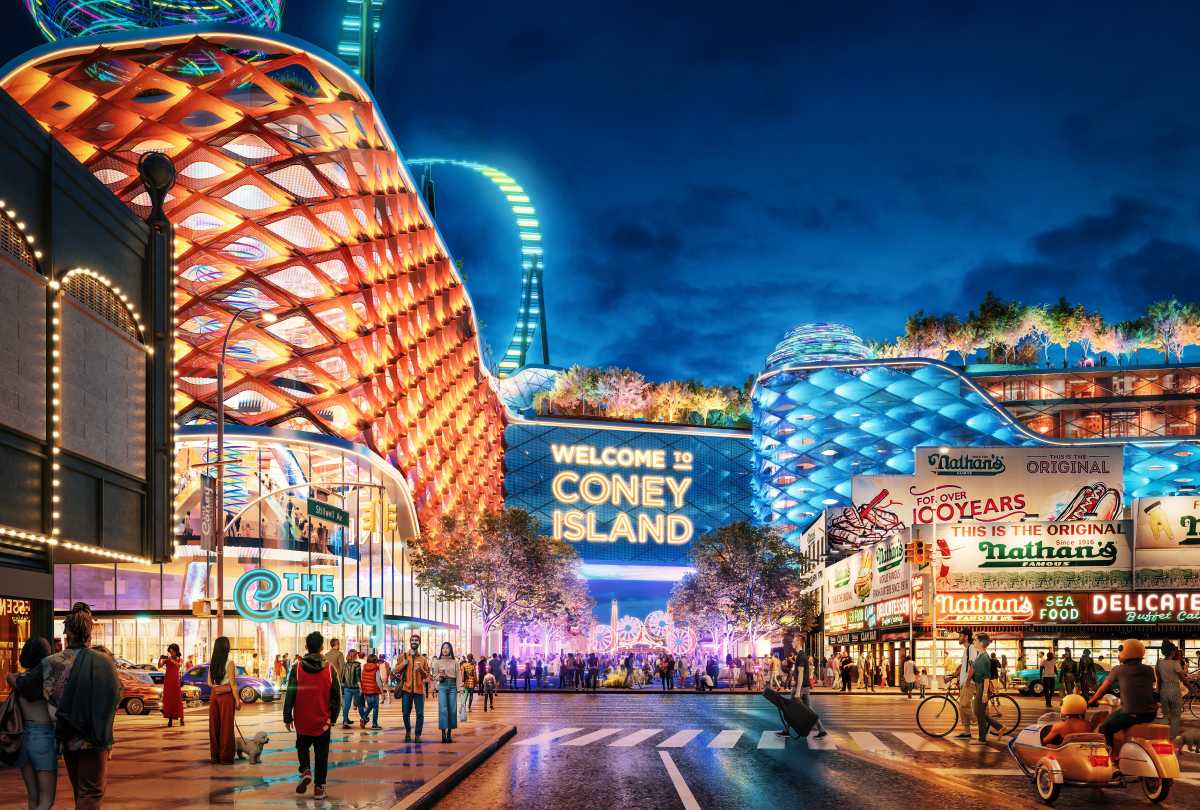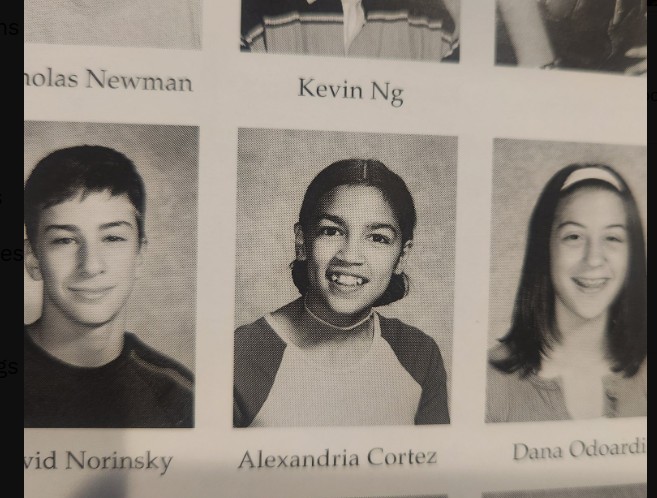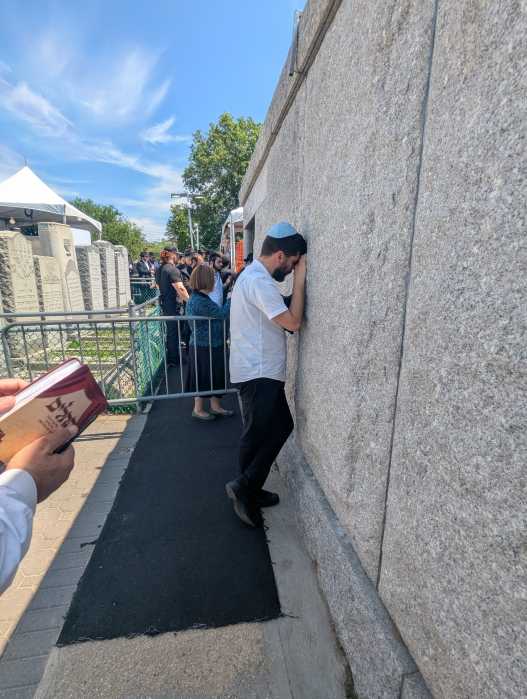Katrina — and its national news coverage — has washed over our impressions of New Orleans, which is why ABC No Rio, the activist-arts center on Rivington Street, has launched a two-part exhibition to erase the damage our one-track media has done. The first half of the show, up through October 19, is a reminder of the city’s legacy before the storm, and the second part, which opens November 9, will supplant typical pictures of the devastated Lower Ninth Ward with overlooked images like the city’s large Vietnamese-American population. This week, the show’s curators, Lizxnn (pronounced Lizanne) Disaster and Vikki Law, spoke to Nicole Davis about their inspiration for “Remembering What Care Forgot.”
You’ve both been to New Orleans since Katrina. What’s it like?
Vikki: There’s still a strong sense of community. People who’ve returned have strung up Mardi Gras beads, and there are still lots of musicians. We also saw a second line. The name comes from the onlookers drawn in by a passing jazz funeral line. They would have a brass band to accompany the casket, and then after it was lowered, there would be a celebration afterwards. They were started by these social aid and pleasure clubs, which are still there. It was as if there was this collective forgetting that New Orleans was a vibrant city before Katrina. Everybody was like, “Look at these destroyed houses!”—not, look at these social aid and pleasure clubs that are still here.
Lizxnn: I think that people are thinking of New Orleans only as a disaster—and that either people should go back or they shouldn’t, not what structures were in place that allowed this to happen.
Why do you feel as though we’ve forgotten about the city itself?
Vikki: I think that because it’s not in the media, people are like, “I’ve given my money to the Red Cross, what more is there to do?”
Lizxnn: And because the media projected this image of hopelessness, people kind of internalized that and it’s allowed people to forget.
Vikki: There aren’t any other messages being sent… No one’s focusing on questions like “Why were there 12-year-olds in Orleans Parish prison?,” or “Why were there 12-year-olds in prison?” These are questions that people aren’t really looking at. That’s why we wanted to make it a two-part show. We wanted to show how special New Orleans was, and for the second part of the show, we’re going to focus on the work being done, not on the destruction of the houses.
How have you weathered the influx of bars that’s hit the L.E.S.?
Vikki: I’ve lived here for 11 years and it’s definitely changed a lot. I think it’s become the Bourbon Street of New York—without any of the vibrancy.
How does ABC No Rio fit into this new scene?
Vikki: I think it has more of a weird disconnect with the neighborhood now. When it first started, it was a bunch of white artists in a predominantly Dominican neighborhood. But the parents were willing to leave their children here—sure they were doing weird things with cardboard tubes, but it was like, at least my child has a safe place to go. I feel like neighbors coming in now are like “What is this strange, bizarre place?” [Though] a couple of years ago, we started doing a haunted house for kids. Now, throughout the year, kids will walk by with their parents and say, that’s the haunted house! Can we go there this year?
Lizxnn: I’ve only been in New York for about seven years, so I don’t have as large a frame of reference, but just in the few years I’ve been here, this block has changed immensely. [In the past], our punk shows would go later, and a lot of punks would go out into the street after shows, and now they don’t do that any more because the sidewalks are full of people going to fancy bars and clubs and being super loaded. I feel like it’s a new influx.





































